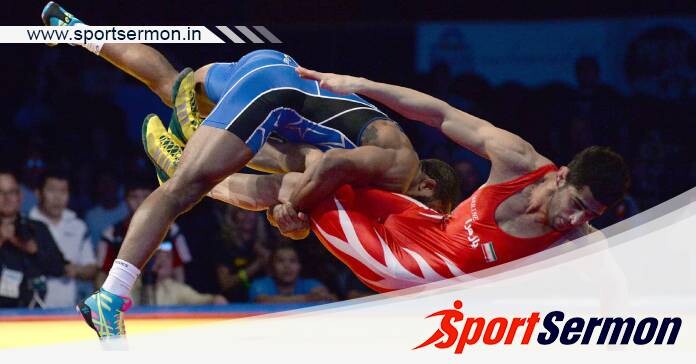Types of Wrestling: Wrestling is one of the most popular martial arts in the world. The discipline has a 15,000-year history, as shown by cave drawings discovered in France by modern archaeologists. These days, millions of individuals play this popular sport all around the world.
Particularly in Singapore, wrestling is practised in a lot of neighbourhood gyms because it’s one of the foundational disciplines of mixed martial arts.
All styles of wrestling, conceptually speaking, use various grappling techniques such as joint locks, pins, takedowns, throws, and clinch warfare. The ability to gain the upper hand on an opponent and render them helpless by using one’s own body weight as leverage.
Get To Know Six Types of Wrestling in the World
Check out the six types of wrestling in the world below:
Theoretically, there are several varieties of wrestling, depending on the culture from where it originated. In many countries throughout the world, wrestling is practised in different forms.
Motivated by our infatuation with the sport of professional wrestling, we have compiled a list of several distinct international wrestling styles along with a description of their distinctive features.
Currently, we showcase six different wrestling styles from across the world.
1) Freestyle
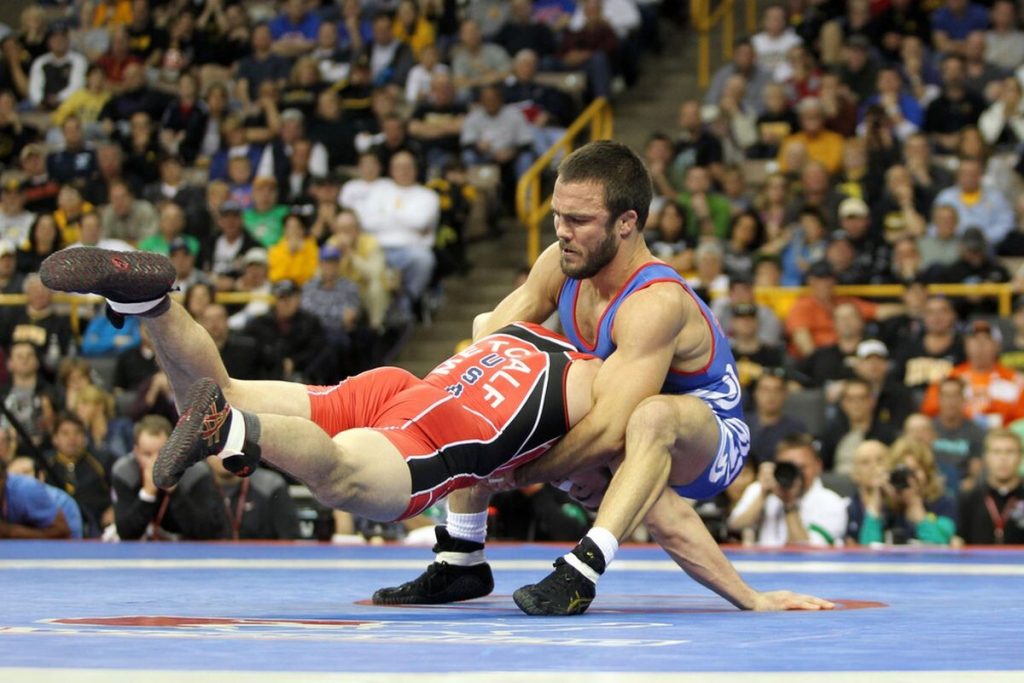
Freestyle wrestling is one well-liked type of wrestling that is practised worldwide. In the Olympic Games, wrestling is done in two different forms.
The ultimate goal of freestyle wrestling is to pin and toss an opponent to the ground, which naturally yields an instant victory. The use of a wrestler’s legs for both offence and defence, combining ideas from classical wrestling, judo, sambo, and many other disciplines, is one distinctive feature of freestyle wrestling.
Among the six primary forms of amateur wrestling competition that are conducted worldwide is freestyle wrestling. The International Olympic Committee (IOC) Executive Board once thought of eliminating wrestling as a sport from the 2020 Summer Olympics. Later, the decision was changed in response to criticism from the world of professional wrestling.
It goes without saying that freestyle wrestling is a very well-liked worldwide sport.
You might also be interested in reading this: The Bahubali of Indian Wrestling, Bajrang Punia Biography
2) Greco-Roman
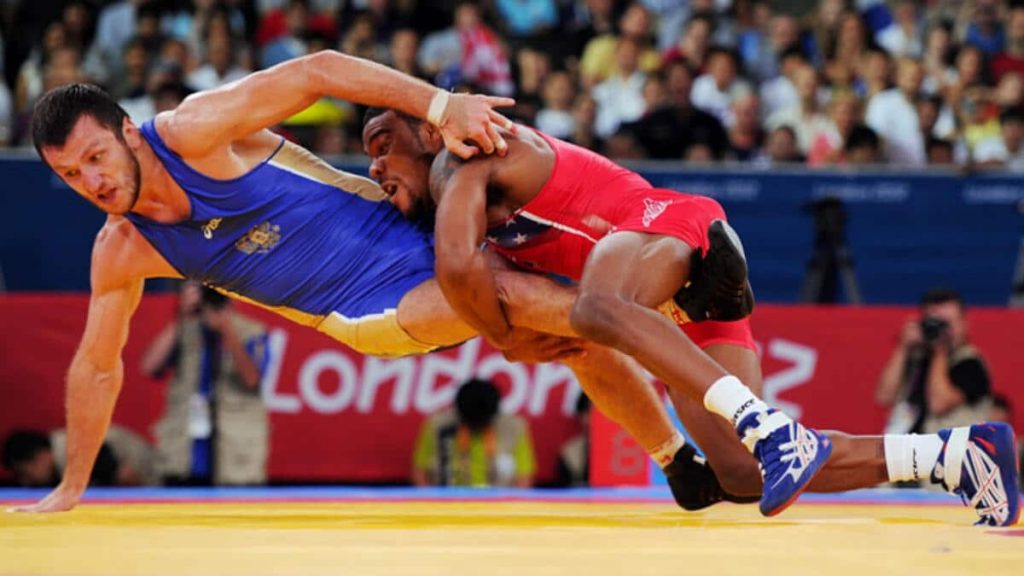
In terms of popularity and practice, Greco-Roman wrestling is another important wrestling technique. This wrestling move made its debut in the 1896 modern Olympic Games and has been a feature of every Summer Olympics since 1904.
Unlike freestyle wrestling, Greco-Roman wrestling prohibits leg use for both offence and defence, as well as grips that occur below the waist. Because this regulation forbids both hooking or grasping the leg and trip takedowns, it is possible to place more emphasis on throws.
Greco-Roman wrestlers are able to move big weights around with ease because of their exceptionally powerful upper bodies.
3) Glima (Iceland)
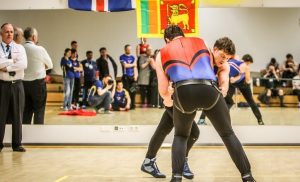
Iceland, a country renowned for having exceptionally strong men, has it as its national sport. The wrestling technique known as Glima has its roots in Norway and dates back to the Viking and Norse eras.
There are three different variations of this standing wrestling style: the Hryggtök, also called the Backhold Grip; the Brokartök, also called the pant-and-belt grip because it has a leather device around the thighs and waist; and the Lausatök, also called the Free-Grip. The most common type of Glima is called Lausatök, and participants can employ a large range of grips.
Glima is a combat sport that may be performed both indoors and outdoors. It was originally taught as a fighting style. The technique is heavily valued above power or physical force in this context.
4) Bökh, (Mongolia)
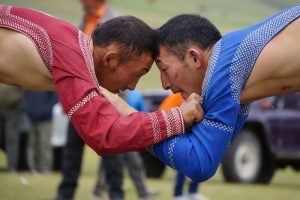
Not to be outdone, Bökh is a very popular style of wrestling that exists in Mongolia. In Mongolian, the word “bökh” really means “wrestling” or “wrestler.” It’s a traditional kind of jacket wrestling practised in Khalkha Mongolia. In Bökh, you lose if you make any contact with the ground other than your foot.
Bökh is seen to be the most important of the “Three Manly Skills” that define Mongolian society. Horsemanship and archery are the other two.
Genghis Khan, the great conqueror and creator of the Mongol Empire, utilised Bökh to maintain his army in excellent physical condition so that they were constantly prepared for battle. Even Bökh tournaments, which featured fights between ethnic Manchu and Mongolian warriors, were often conducted in China under the Qing Dynasty.
5) India’s Pehlwani
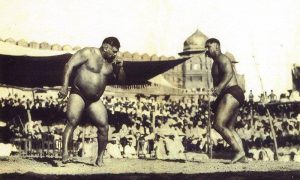
Pehlwani, also known as Kushti, is an Indian wrestling technique that originated under the Mughal Empire. It incorporates elements of the native Indian malla-yuddha and the Persian koshti pahlevani. Pehlwani translates roughly to “heroic wrestling.”
Pehlwans are the contestants in Pehlwani, while stands are the masters or tutors.
Elements of catch wrestling had a big impact on Pehlwani’s sport.
There are several aspects of catch wrestling that have impacted Pehlwani.
Rustam-e-Hind, often known as “The Great Gama,” was an Indian champion and one of the most well-known Pehlwani practitioners in history. He’s regarded as one of the best Indian wrestlers in history.
6) Shuai Jiao (China)
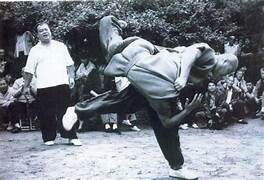
Beijing, the capital of China, is where Shuai Jiao was born. This type of exercise is called “throw and trip” in Chinese jacket wrestling. It was referred to as “Buku” in the Qing Dynasty.
During the Liao, Jin, Yuan, Ming, and Qing dynasties, the ancient imperial guards used a wrestling technique called Shuai Jiao to protect the empire during wartime. The Kangxi Emperor defined the Shuai Jiao procedures that are used today, which date back to the late 1600s.
Practitioners of Shuai Jiao would historically wear a jacket known as the “Da Lian,” which had chaps over the trousers and could be grabbed to raise opponents. Location-specific rules applied to the sport. Armlock tactics in Beijing and fundamental striking and blocking in Tianjin are two examples of rule deviations.
Get to know these six types of wrestling in the world. Let us know your thoughts in the comment section below.

